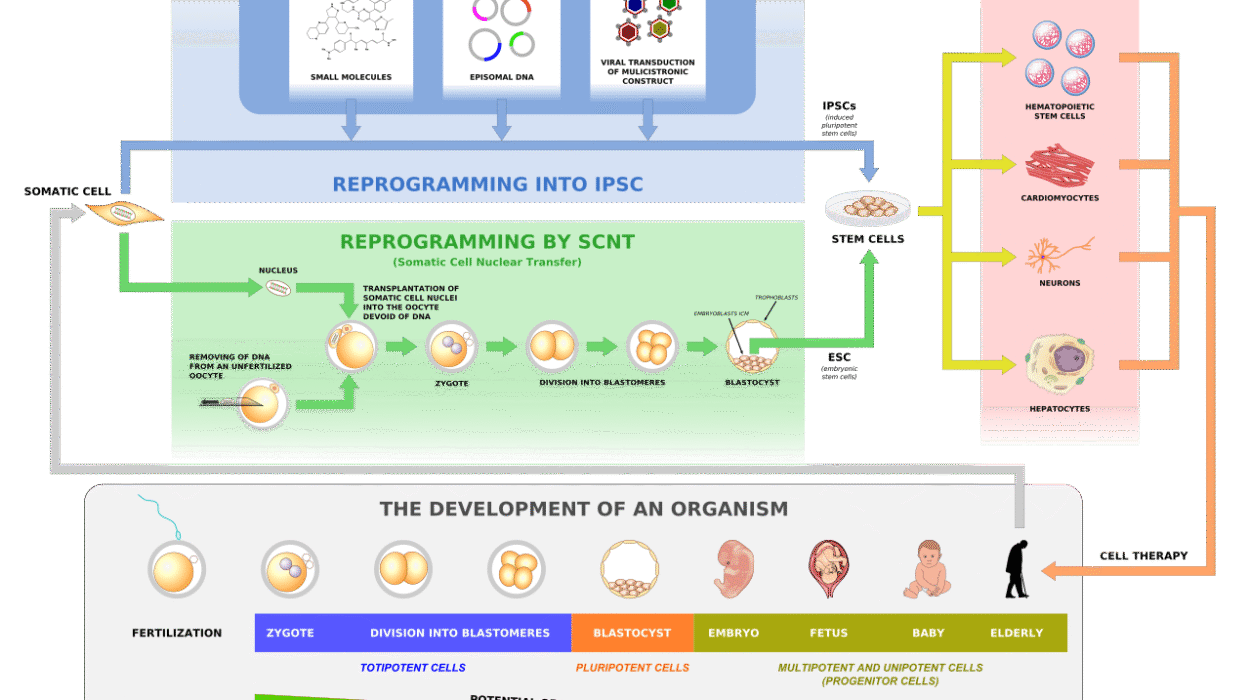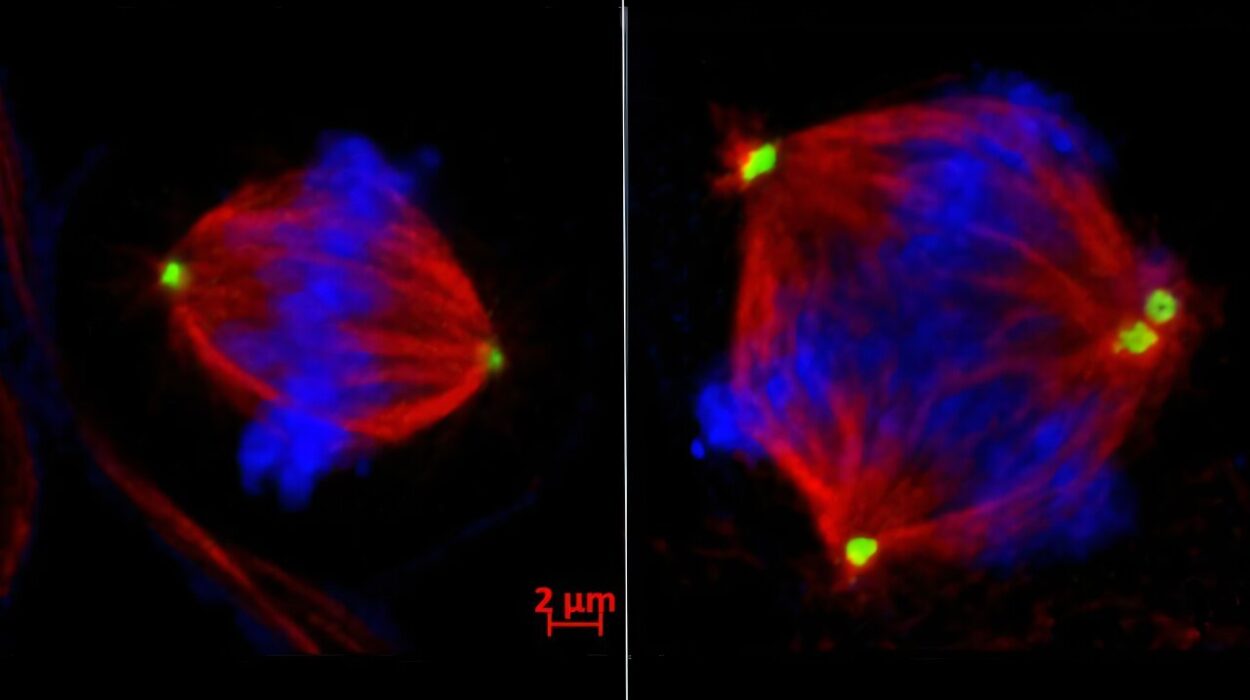The world is more connected than ever — cities pulse with nightlife, travel blurs borders, and digital dating apps bring strangers together in minutes. In this web of human connection, intimacy flourishes. But so do invisible passengers. Sexually transmitted infections (STIs) have existed for as long as humans have, quietly moving through populations, sometimes for centuries before being understood.
In the modern era, medicine has armed us with the tools to detect, treat, and in many cases completely cure these infections. Yet millions still live with them — some unaware, others too ashamed to seek help. Among the most common, and thankfully curable, are chlamydia, gonorrhea, trichomoniasis, and syphilis.
Each has its own story — how it invades, how it spreads, how it hides, and how it can be defeated. But they all share a truth: they are curable with timely intervention. And their treatment is not just a matter of health; it’s a matter of dignity, relationships, and the right to live free from preventable disease.
Chlamydia: The Silent Passenger
If chlamydia were a character in a novel, it would be the quiet infiltrator — slipping in unnoticed, blending into the background, never announcing its presence until the damage has begun. Caused by the bacterium Chlamydia trachomatis, it is one of the most common STIs worldwide. The World Health Organization estimates that more than 100 million new cases occur each year.
Chlamydia is often called “silent” because up to 70% of infected women and about half of infected men experience no symptoms. When symptoms do appear, they may be so mild they are mistaken for something else — a urinary tract infection, an allergic irritation, or nothing important at all. In women, untreated infections can lead to pelvic inflammatory disease (PID), which can scar fallopian tubes, cause chronic pelvic pain, and even lead to infertility. In men, it can cause urethritis and, more rarely, infertility.
The tragedy is that chlamydia is entirely curable. A simple course of antibiotics — most commonly azithromycin taken as a single dose, or doxycycline taken over a week — wipes out the infection. Early detection is key, which is why regular screening is recommended for sexually active people under 25 and for anyone at higher risk.
But science alone can’t solve the problem. Stigma remains a barrier. People fear judgment, and that fear keeps them from getting tested. Breaking this silence requires normalizing conversations about sexual health — making STI testing as routine as dental check-ups.
Gonorrhea: The Resistant Challenger
If chlamydia is the silent passenger, gonorrhea is its more aggressive cousin. Caused by the bacterium Neisseria gonorrhoeae, it has been haunting humanity for centuries — ancient medical texts mention conditions that sound remarkably like it. It is known colloquially as “the clap,” a nickname whose origins are debated but whose implications are unmistakable.
Gonorrhea is notorious not just for its symptoms — painful urination, genital discharge, pelvic pain — but for its ability to adapt. Over decades, it has developed resistance to nearly every class of antibiotic thrown at it. In the early 20th century, gonorrhea could be wiped out with penicillin. By the 21st century, many strains had learned to shrug it off. This growing resistance is why public health experts keep such a watchful eye on it.
Still, gonorrhea is curable — for now. Current treatment typically involves a single intramuscular injection of ceftriaxone, sometimes paired with oral doxycycline to cover possible chlamydia co-infection. This “dual therapy” approach is strategic: since chlamydia and gonorrhea often appear together, treating both at once avoids missed infections.
The race between medicine and bacterial evolution is intense. Researchers are developing new antibiotics and alternative approaches, but prevention and early detection remain our most reliable tools.
Trichomoniasis: The Overlooked Infection
Trichomoniasis, or “trich” for short, is caused not by bacteria, but by a tiny single-celled parasite: Trichomonas vaginalis. Unlike chlamydia and gonorrhea, trichomoniasis is often overlooked in public conversations about STIs — perhaps because it rarely makes headlines or because it can be so subtle. Yet it is one of the most common curable STIs globally, with an estimated 156 million new cases every year.
In women, trichomoniasis can cause vaginal discharge, itching, and discomfort during intercourse or urination. In men, it may cause urethral irritation or discharge, though many experience no symptoms at all. Even without obvious signs, trichomoniasis can increase the risk of acquiring or transmitting HIV, making it far from harmless.
The cure is straightforward: a single dose of oral metronidazole or tinidazole usually clears the infection. Treatment for sexual partners is essential to prevent reinfection — a frustratingly common cycle when one partner is treated and the other is not.
Despite its curability, trichomoniasis remains underdiagnosed, especially in men, partly because routine screening is uncommon. Increasing awareness is key to changing this.
Syphilis: The Shape-Shifter
Of all the curable STIs, syphilis has the most dramatic story. Caused by the bacterium Treponema pallidum, syphilis is a master of disguise, moving through stages that mimic other illnesses. Its history is intertwined with art, politics, and scandal — affecting kings, composers, and poets, leaving its mark on history in ways both tragic and strange.
Syphilis begins with a painless sore, or chancre, at the site of infection. This primary stage may pass unnoticed. Weeks later, the secondary stage can bring a rash, fever, swollen lymph nodes, and patchy hair loss — symptoms that may be mistaken for flu or allergies. Left untreated, syphilis enters a latent phase, silently damaging the body. Years or decades later, tertiary syphilis can devastate the heart, brain, and nervous system.
The good news is that syphilis is completely curable at any stage, though the damage from late stages may be irreversible. The treatment is penicillin, given as one or more injections depending on the stage. For those allergic to penicillin, alternative antibiotics exist, though penicillin remains the gold standard.
In recent years, syphilis has made a troubling comeback in many countries, particularly among certain high-risk groups. This resurgence underscores the need for education, testing, and treatment access.
Why These STIs Persist Despite Being Curable
It is one of the great ironies of public health that infections we can cure in a matter of days still cause so much harm. The reasons are layered: lack of awareness, limited access to healthcare, stigma that silences conversations, and in some places, weak public health infrastructure.
In many societies, talking about sex remains taboo, leaving people uninformed about the risks and signs of infection. Fear of judgment keeps them from clinics, even when symptoms appear. For those without health insurance or in rural areas, testing and treatment may be physically or financially out of reach.
The Role of Prevention
While antibiotics can cure these STIs, preventing them is far better than treating them. Condom use, regular testing, and open conversations about sexual history with partners are cornerstones of prevention. Public health campaigns that emphasize responsibility without shame have been shown to increase testing rates and reduce transmission.
In medical terms, prevention also means contact tracing — when someone is diagnosed, their recent partners are notified and offered testing and treatment. Though sometimes awkward, this process stops infections from silently moving through social networks.
Looking Ahead: Science, Society, and the Future of STI Control
The fight against curable STIs is not just about medicine; it is about culture. It’s about building a world where sexual health is treated as a normal part of overall health. Where clinics are accessible, testing is routine, and people can seek help without fear.
New diagnostic technologies — like rapid, on-the-spot STI tests — are making detection faster and more accessible. Research into vaccines against gonorrhea and chlamydia offers hope for long-term prevention. And antibiotic stewardship — the careful use of existing drugs — can slow the rise of resistance.
The Human Side of Cure
Behind every case of chlamydia, gonorrhea, trichomoniasis, or syphilis is a human story. A young woman afraid to tell her parents. A couple navigating the awkwardness of treatment. A man who avoided testing for years until symptoms could no longer be ignored.
The science of cure is clear. The challenge lies in compassion, communication, and community support. When we pair medicine with empathy, we not only treat infections — we heal relationships, restore confidence, and protect futures.






